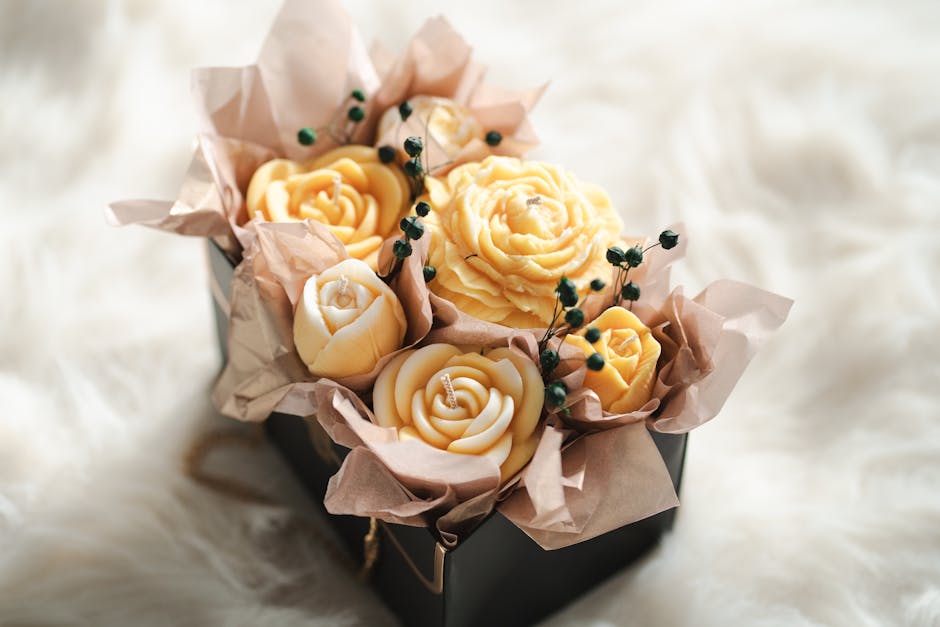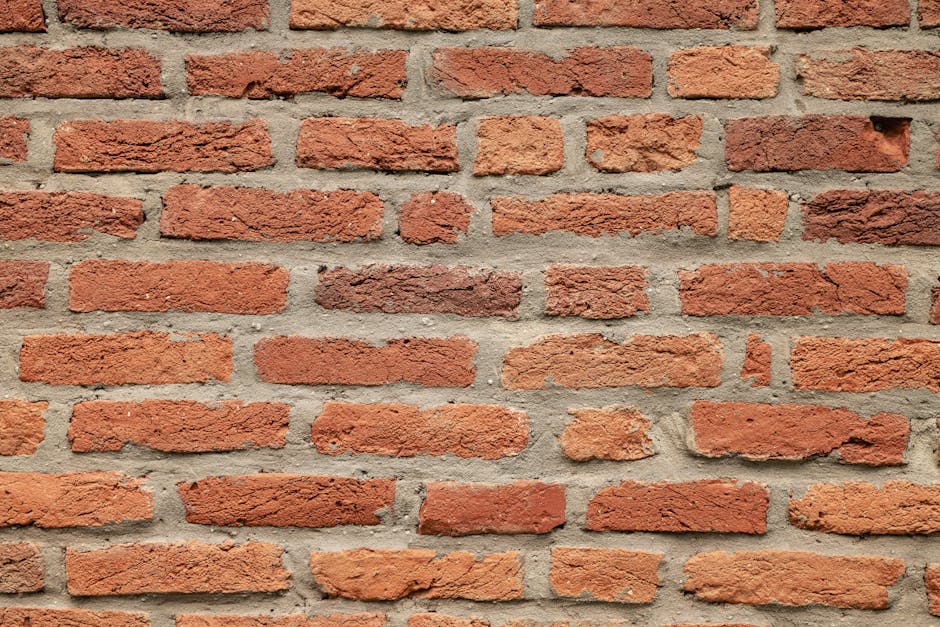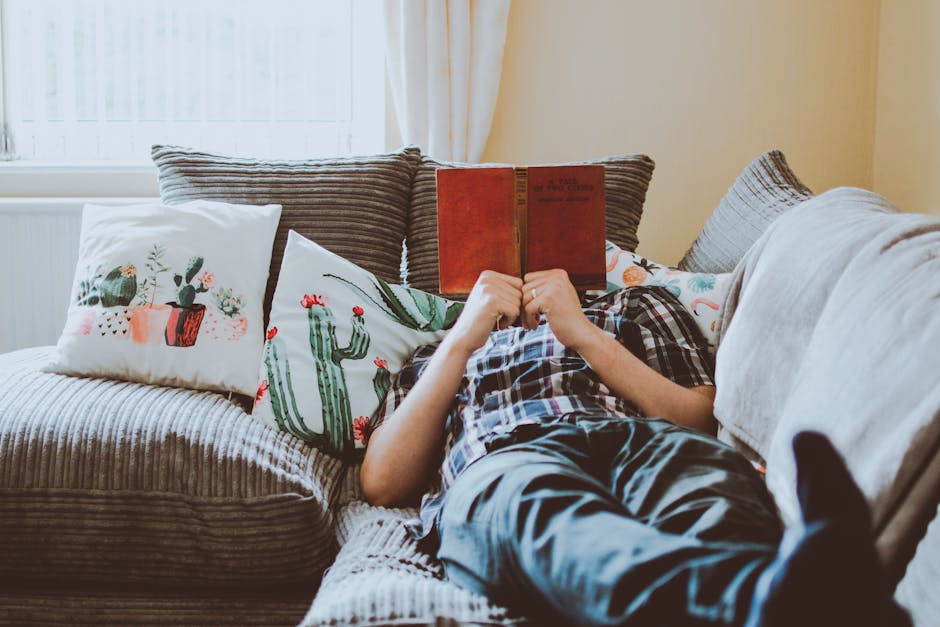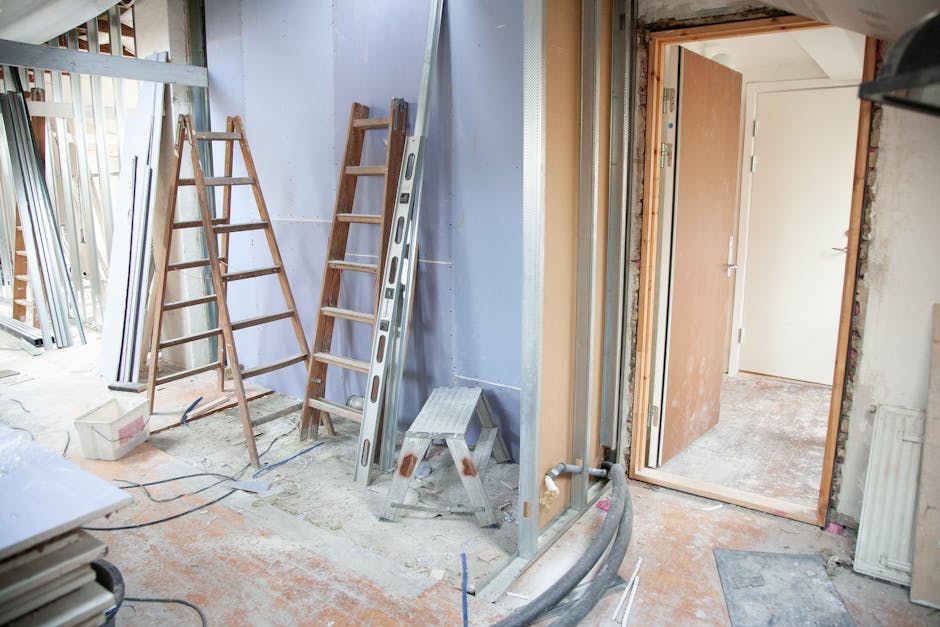Understanding Home Aesthetic: Beyond Trends and Timelines

Photo by Ionela Mat on Pexels
Home aesthetic is more than just a fleeting trend or a collection of stylish objects—it’s the visual and emotional language of your living space. At its core, home aesthetic is about curating an environment that reflects your personality, supports your lifestyle, and evolves gracefully as your needs and tastes change. In 2025, the conversation around interior design has shifted from strict adherence to trends toward a more nuanced approach that values individuality, comfort, and purposeful choices.
Modern homeowners are increasingly seeking spaces that feel like sanctuaries—places that nurture well-being and provide a sense of belonging. This means blending classic elements with personal touches, and being open to design risks that tell your story. The most memorable interiors are those that balance form and function, mixing materials, textures, and eras to create a mood that suits both the moment and the long term.
While the design world continues to celebrate bold color, pattern, and experimental forms, the influence of quiet luxury—a focus on comfort, relaxation, and monochromatic palettes—is also prominent. The result is a rich tapestry of possibilities, where maximalism and minimalism can coexist, and where the only real rule is to create a space that feels authentically yours.
Understanding your home aesthetic starts with introspection. What makes you feel at ease? What colors and textures resonate with you? How do you use each room, and what mood do you want to evoke? By answering these questions, you lay the foundation for a home that is not only beautiful but also meaningful, enduring, and uniquely tailored to your life.
Timeless Versus Trendy: Finding the Right Balance

Photo by Vladimir Srajber on Pexels
In the fast-paced world of design, trends come and go with the seasons. Yet, the most captivating homes are those that strike a harmonious balance between timeless appeal and contemporary flair. In 2025, designers are moving away from stark minimalism and gravitating toward a more traditional, layered aesthetic that feels lived-in and welcoming. This shift doesn’t mean abandoning all trends; rather, it encourages homeowners to incorporate fashionable elements in subtle, intentional ways.
Classic design principles—such as symmetry, proportion, and the use of natural materials—serve as a reliable foundation. These elements provide longevity and flexibility, allowing you to refresh your space with new accessories or accents without a complete overhaul. For example, investing in a high-quality, neutral sofa gives you the freedom to experiment with colorful pillows, throws, or artwork that reflect current tastes.
On the other hand, embracing select trends can infuse your home with energy and a sense of relevance. In 2025, styles like Art Deco reimagined, new industrial, and nature-inspired motifs are making waves. The key is to introduce these trends in measured doses—perhaps through a statement light fixture, a patterned rug, or a bold accent wall—so your space remains adaptable and doesn’t quickly feel dated.
Ultimately, finding your balance is about self-awareness and restraint. Choose timeless staples for big-ticket items and architectural details, then layer in trendy touches that can be easily updated as your preferences evolve. This approach not only ensures your home remains current but also helps you avoid the pitfalls of rapid design fatigue.
Color, Texture, and Pattern: The Building Blocks of Atmosphere

Color, texture, and pattern are the unsung heroes of home aesthetic, working in concert to create atmosphere and evoke emotion. In 2025, the design world is embracing a vibrant palette inspired by the natural world, moving beyond the safe haven of neutrals. Think earthy terracottas, deep forest greens, and sun-washed blues—colors that bring warmth and a sense of grounding to any room.
Texture adds depth and tactile interest, transforming flat, uninspired spaces into inviting retreats. Raw materials like wood, stone, and linen are popular choices, offering a sense of authenticity and connection to the outdoors. Layering different textures—such as a plush rug atop a hardwood floor, or a velvet cushion on a leather chair—creates visual intrigue and encourages relaxation.
Pattern, meanwhile, is enjoying a renaissance. Pattern drenching—using matching or coordinating prints across walls, upholstery, and decor—can make a bold statement and infuse a room with personality. Even if you prefer a more restrained look, introducing pattern through smaller elements like throw pillows, curtains, or art can add vibrancy without overwhelming the senses.
The secret to successful color, texture, and pattern play is balance. Start with a cohesive color scheme, then layer in textures and patterns that complement rather than compete. Use patterns strategically to highlight architectural features or create focal points, and let texture guide the tactile experience of your space. By thoughtfully combining these elements, you craft an environment that feels dynamic, harmonious, and uniquely yours.
Personalization: Telling Your Story Through Design

Photo by Alexander Grey on Pexels
No two people are exactly alike, and your home should be a reflection of your unique journey, tastes, and values. Personalization is the heart of a memorable home aesthetic, turning ordinary rooms into meaningful sanctuaries. In 2025, designers emphasize the importance of blending classic staples with items that have personal significance—whether that’s a vintage find, a family heirloom, or artwork created by a local artist.
One way to infuse personality into your space is by curating a mix of new and old. Pair a modern sofa with an antique coffee table, or display contemporary art alongside traditional architectural details. This approach not only adds visual interest but also tells a story about who you are and what you value.
Consider incorporating handmade or bespoke elements, such as custom furniture, ceramics, or textiles. These pieces often carry a sense of history and craftsmanship that mass-produced items lack. Even small details—like a collection of travel souvenirs, a gallery wall of family photos, or a display of favorite books—can make your home feel more intimate and welcoming.
Personalization isn’t just about objects; it’s also about how you use your space. Design rooms to support your hobbies, routines, and relationships. Create a cozy reading nook, a dedicated workspace, or an inviting dining area for gatherings with loved ones. By aligning your home’s design with your lifestyle, you ensure that it serves as a true reflection of your identity and aspirations.
Comfort and Well-Being: Designing for Everyday Life

Photo by Lisa from Pexels on Pexels
As our homes have become the backdrop for work, leisure, and everything in between, comfort and well-being have taken center stage in the design conversation. In 2025, the concept of ‘quiet luxury’—spaces that prioritize relaxation, holistic well-being, and understated elegance—continues to gain traction. This doesn’t mean sacrificing style; rather, it’s about making intentional choices that support your physical and emotional needs.
Start by considering the flow and functionality of each room. Arrange furniture to facilitate conversation, movement, and natural light. Invest in ergonomic seating, supportive mattresses, and adjustable lighting to enhance comfort throughout the day. Soft, layered textiles—like throws, cushions, and curtains—add warmth and encourage relaxation.
Biophilic design, which incorporates elements of nature into the home, is another powerful tool for promoting well-being. Houseplants, natural materials, and views of the outdoors can reduce stress and improve air quality. Even small touches, like a vase of fresh flowers or a stone sculpture, can bring a sense of calm and connection to your space.
Finally, consider the sensory experience of your home. Use scent, sound, and tactile materials to create a soothing environment. Candles, essential oil diffusers, and soft music can transform the mood of a room in an instant. By prioritizing comfort and well-being, you make your home a true haven—one that nurtures you every day.
Practical Tips for Evolving Your Home Aesthetic

Designing a home aesthetic that endures is an ongoing process, not a one-time project. As your tastes, needs, and circumstances evolve, so too should your living space. The good news is that small, strategic changes can have a big impact—without the need for a full-scale renovation.
Begin by regularly assessing each room. What feels right, and what no longer serves you? Edit out items that are worn, outdated, or no longer meaningful. Rearranging furniture, swapping out accessories, or updating lighting can refresh a space instantly.
Stay attuned to new ideas by exploring design magazines, social media, and local showrooms. Don’t be afraid to experiment—try a new color on the walls, mix patterns you haven’t before, or introduce a sculptural piece of lighting. Remember, it’s often the unexpected combinations that make a room memorable.
Budget-conscious updates—such as new throw pillows, a statement mirror, or a fresh coat of paint—can keep your home feeling current without breaking the bank. If you’re drawn to a particular trend, incorporate it in a reversible way, like peel-and-stick wallpaper or removable art.
Above all, trust your instincts. Your home should be a place where you feel comfortable, inspired, and at ease. By approaching design as an evolving journey, you ensure that your aesthetic grows with you, resulting in a space that’s always fresh, functional, and uniquely yours.
Sources
- https://www.bhg.com/home-ins-outs-for-2025-11684268
- https://www.artsy.net/article/artsy-editorial-interior-design-trends-2025
- https://www.marthastewart.com/ruggable-interior-trends-2025-8770445
- https://www.housebeautiful.com/design-inspiration/a63147733/stylish-interior-design-trends-2025/

